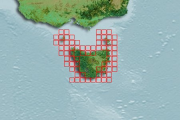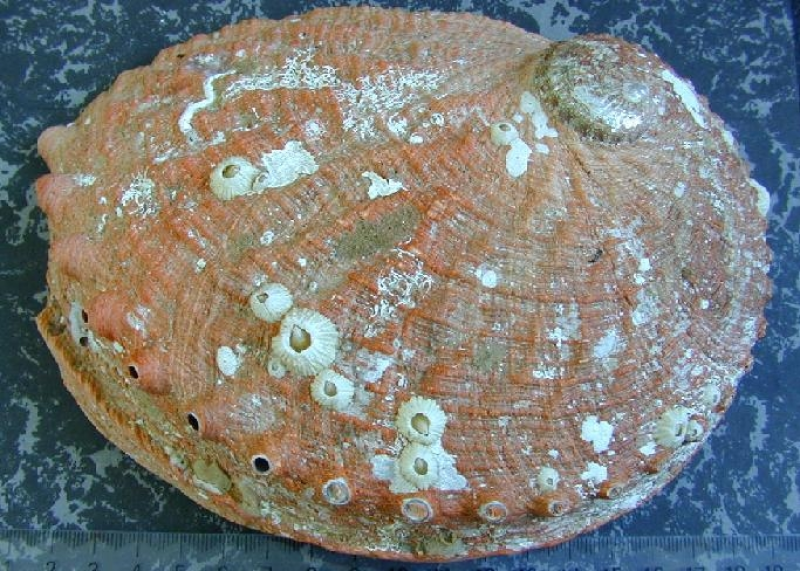Agriculture | Agricultural Aquatic Sciences | Fisheries
Type of resources
Topics
Keywords
Contact for the resource
Provided by
Years
-

Underwater video technology was used to observe marine mammal interactions (seals, in particular Australian fur seals) within midwater trawl nets. A camera system was placed inside the trawl net in the vicinity of a Seal Excluder Device, designed to prevent megafauna from entering the codend of the net and provide an escape point. Digital video data was described according to a range of operational, catch and interaction fields, and made time-specific to each trawl shot. Data is linked to commercial catch and effort data providing operational, environmental and catch information.
-
Business structure and costs for Southern Rock Lobster fisheries in Tasmania including fixed (vessels, infrastructure) and variable (bait, fuel, ports) costs.
-

This projects' data on abalone translocations is stored in two databases containing data collected for abalone aggregation and larval surveys in Tasmania. Genetic information has also been generated using microsatellites.
-

Southern Rock Lobster (Jasus edwardsii) biological data collected by observers on commercial boats and dedicated research trips incorporating information on sex, length, weight, damage, reproduction, bycatch, protected species interaction, location, depth, tagging and equipment type.
-

The abalone commercial catch sampling project contains length-based samples from diver catches collected in Tasmania waters.
-

The dataset contains length frequency information for abalone species, collected in all Tasmanian state waters from 1988.
-

Abalone growth data include estimates from growth increment data from tagging studies, and from shell ageing studies. Data has been collected from all Tasmanian state waters since 1986.
-

Describes the database used for storing Southern Rock Lobster (Jasus edwardsii) biological data collected by observers on commercial boats and dedicated research trips incorporating information on sex, length, weight, damage, reproduction, bycatch, protected species interaction, location, depth, tagging and equipment type.
-
The movement and behaviour of the Southern Rock Lobster (Jasus edwardsii) was monitored using a radio acoustic telemetry systems at two sites in eastern Tasmania.
-
The data is quantitative abundance of fish and megafaunal invertebrates and algal % cover derived from transect based counts at a wide range of locations across Temperate Australia. The methods are described in detail in Edgar and Barrett (1997). Primarily the data are derived from transects at 5 m depth and/or 10 m depth at each site surveyed. Methods were initially developed for research on temporal changes following protection in Tasmanian MPAs (Maria Is, Tinderbox, Ninepin Point, Governor Island). Further research has collected data in Tasmania, in MPA planning surveys (e.g. St Helens, Waterhouse Region, Low Head, Lillico Beach, Rocky Cape), an oil spill assessment (Low Head), and in studies and surveys in new Tasmania MPAs (Port Davey and the Kent Group). The data represented by this record was collected in MPA planning surveys and for opportunistic surveys such as the Low Head oil spill assessment. In many cases the dataset involved temporal replication (year scale).
 IMAS Metadata Catalogue
IMAS Metadata Catalogue